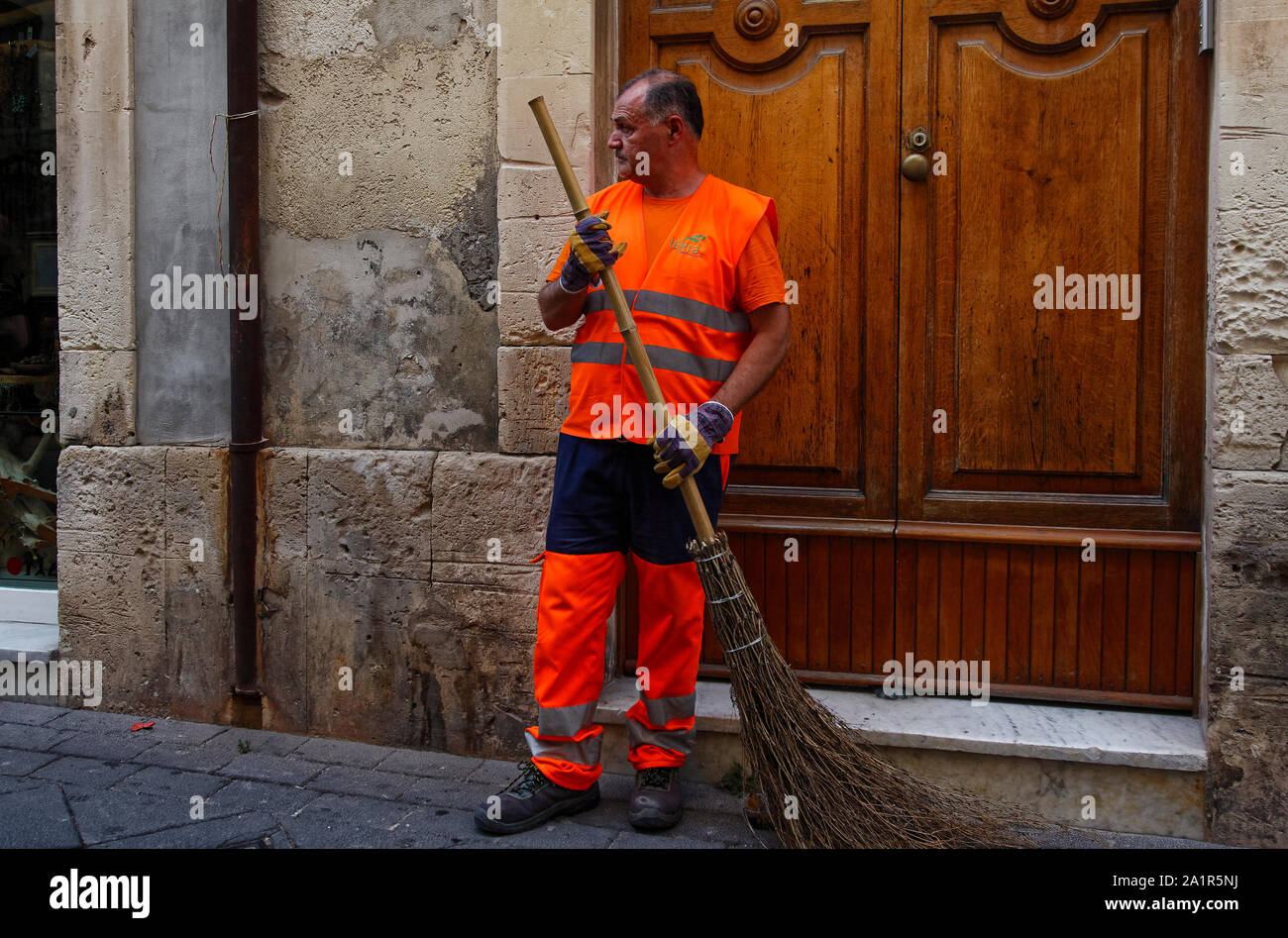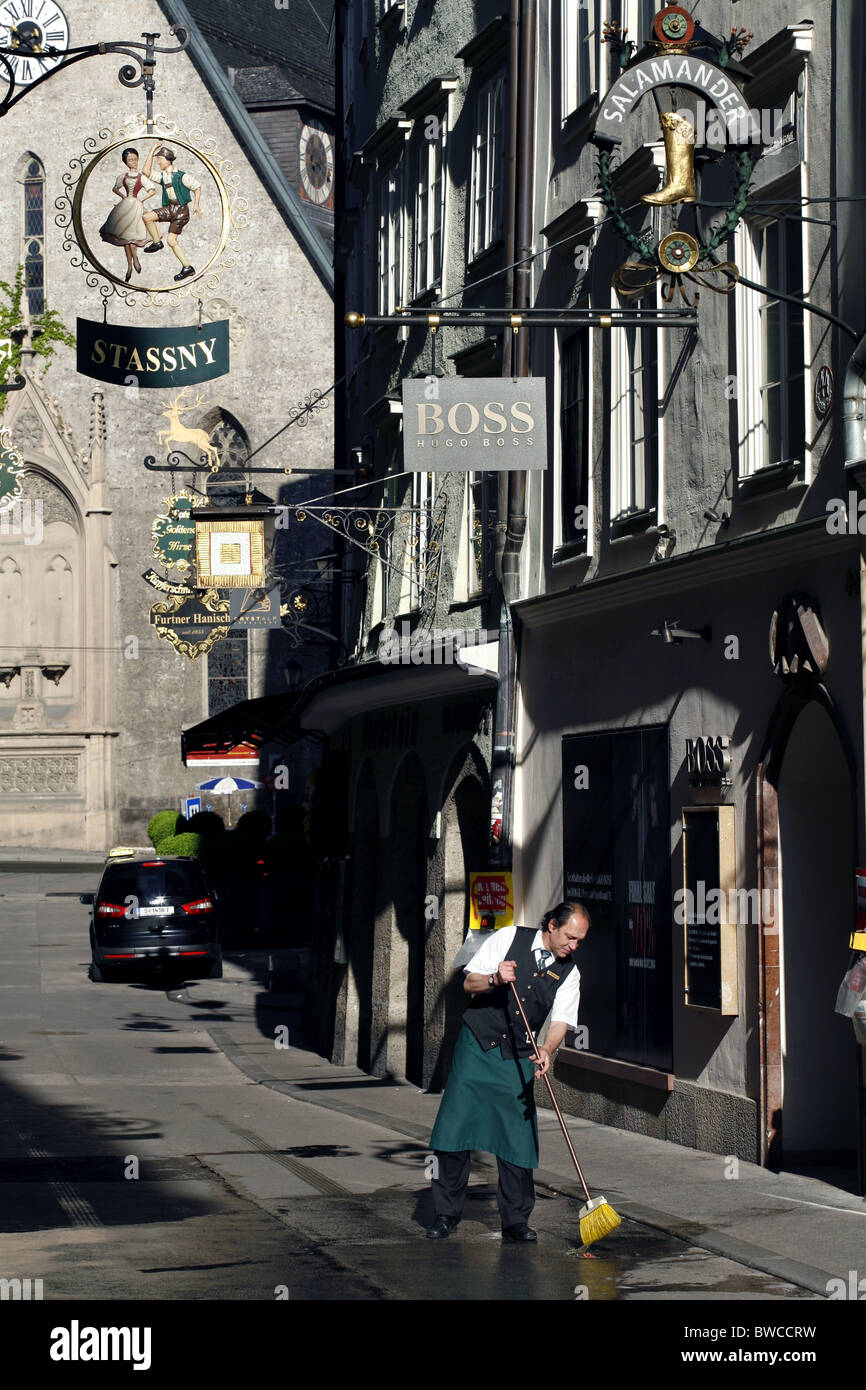


Of course, woodworking professionals are generally made aware of these risks. In fact, furniture makers have a 500-fold excess risk of developing the latter. It's a proven culprit of asthma, allergic rhinitis, chronic bronchitis, lung cancer, and nasal cancer. In the US, wood dust is now classified as a Group 1 carcinogen, a substance known to cause cancer in humans. Though wood is generally an innocuous natural substance, something we have evolved alongside for millennia – the oldest wooden shelter is thought to have been built 500,000 years ago – when you turn it into a fine powder, the situation is very different.

Hold on, I wondered… why would anyone go to such lengths to protect themselves from wood?Īs it happens, the answer is more than a little alarming. The headgear resembled something you'd wear to check on a patient with a highly contagious disease, or to visit another planet. It consisted of a full helmet with a visor, sealed at the neck, and a filter unit that's attached to a belt at the waist. Then one day, I came across a product online that I found, frankly, baffling: a protective suit for cutting wood. It wasn't uncommon for the whole flat to be coated in a fine sheen of wood dust. I cut worktops to size, adapted kitchen cabinets, sliced up wooden flooring, and fitted new doors. Even the estate agent had struggled to put a positive spin on its interior design.Īrmed with a circular saw and an enthusiasm for DIY wildly out of step with my natural talent, I immediately set to work eradicating the "vintage" vibe. The bathroom still contained relics of brown and yellow floral wallpaper, and the maroon carpet had long been trodden into a crusty mat. It was 2018 and I had just moved into my first home, a one-bed flat which hadn't been renovated since it was built in the 1960s. It started – as unpleasant revelations often do – with a late-night thought and some frantic googling.


 0 kommentar(er)
0 kommentar(er)
